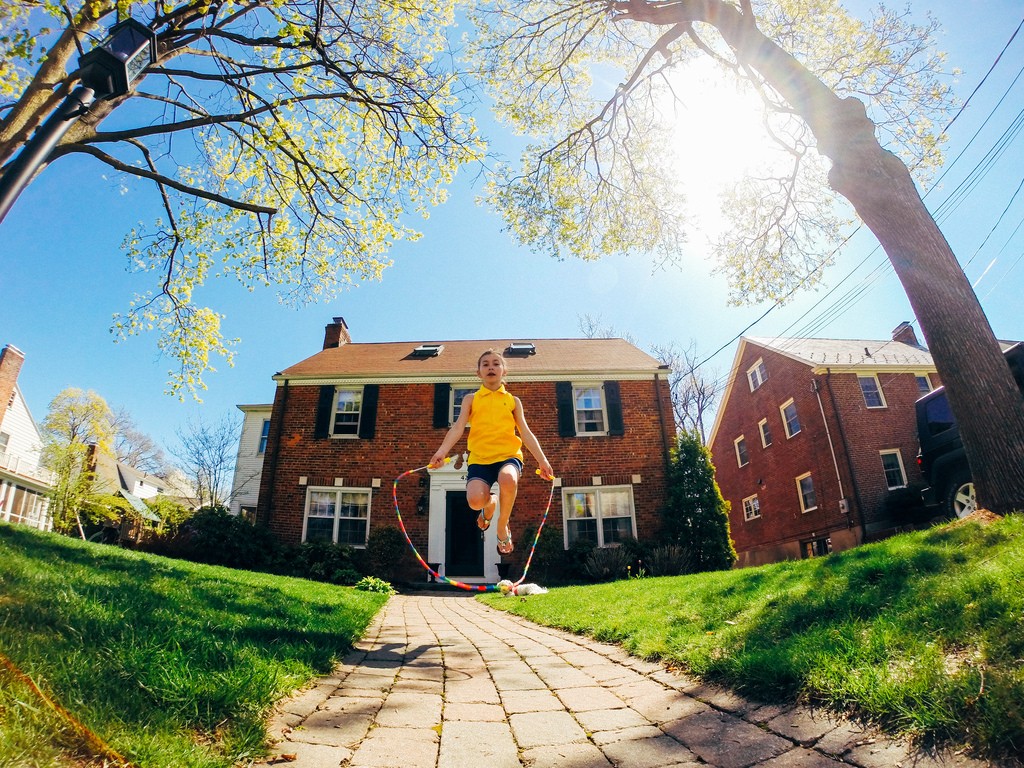How To Jump Higher, Run Faster, and Become More Agile
(By Guest Contributor Michelle Berkley)
What is the completely mobile, lightweight, ancient toy that delivers an intense workout in minutes? Hint, you probably already have one tucked in a toy bin or with your sports gear…
The jump rope!
Ok, maybe that doesn’t sound exciting, but did you know that jumping rope is a youth-appropriate method of plyometric training? Plyometrics, also known as jump training, are exercises that help develop explosive power through fast, consecutive stretching and contracting of the muscles, with the goal of reducing an athlete’s ground contact time.
The Easy Way To Help Increase Your Child’s Performance
A study recently published in the Journal of Sports Science & Medicine showed that youth soccer players who participated in an 8-week jump rope training program held twice weekly for 15 minutes prior to their regular soccer practice garnered significant gains in their motor coordination and balance when compared to a control group of players who spent that time working on additional soccer specific drills.
Another recent study linked fifth and sixth-grade children’s ability to perform double unders, a move where the rope passes under the jumper’s feet twice on a single jump, with faster 20-meter sprint times, concluding that jump rope training is effective for improving sprint ability in children.
According to the Jump Rope Institute, the benefits for athletes playing basketball, football, and tennis by helping develop hand-foot-eye coordination, rhythm/ timing, balance and body control, vertical jumping, foot speed, agility, quickness, acceleration, and deceleration. In addition, it’s an effective means of warming up the body prior to playing a sport and can be used for overall physical conditioning, building endurance, and improving leg strength and stamina. Moreover, The Jump Rope Institute says, “jumping helps to develop the left and right hemispheres of the brain, to improve spatial awareness and reading skills further, and increases memory and mental alertness.”
Ready to get jumping…?
Here’s what you’ll need to start working on the fundamentals:
- A flat surface that has some give to it, like a wood floor or fitness mat
- Athletic shoes
- A jump rope that rotates easily and is about armpit height when you stand on it with both feet.
- Hold the rope with a firm, comfortable grip, keeping elbows close to the sides and turning the rope by making small circles with the wrists.
Keep knees slightly bent, jumping just high enough to clear the rope and landing softly on the balls of the feet.
- Once you have the basic jump down, check out these workouts designed specifically for young athletes.
- International Youth Conditioning Association’s Jump Rope for Athletes Program (http://iyca.org)
- USA Basketball’s Jump Rope Drills to Improve Quickness (http://www.usab.com/youth)
- Amazon’s best-selling jump ropes
By Guest Contributor Michelle Berkley NASM-CPT & YES
